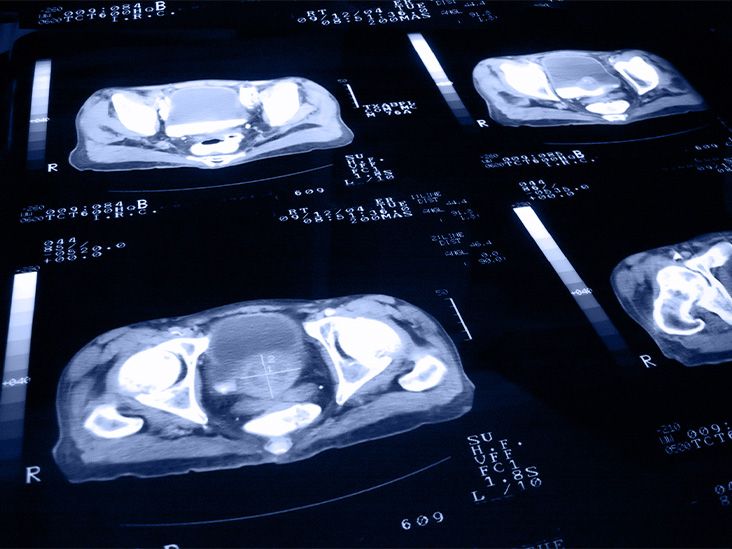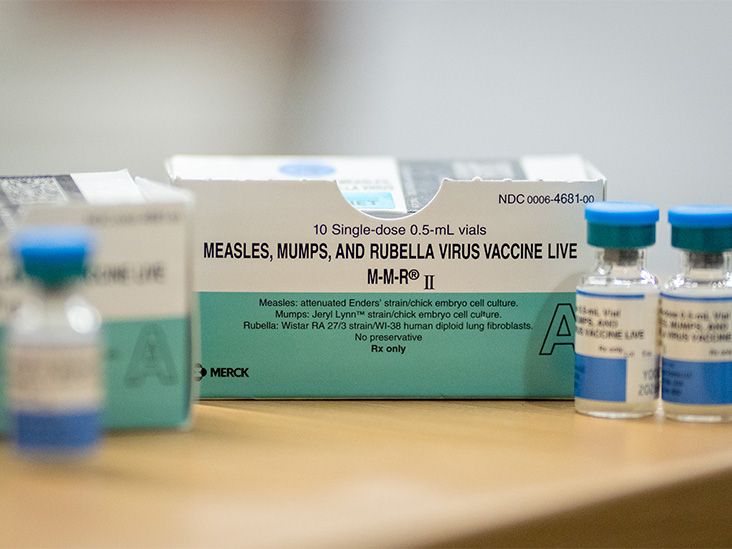A biliary stent is a small tube that a doctor inserts into the liver to allow bile to drain typically and relieve symptoms of a blocked bile duct.
A blocked bile duct may occur with liver cancer and can cause a buildup of bilirubin in the bloodstream, which may lead to jaundice. Bilirubin is the yellowish pigment in bile, the digestive juice that the liver produces.
This article looks at the procedure, recovery, and costs of biliary stent placement and how it may help with liver cancer.

Usually, the liver processes bilirubin, which passes through the bile duct and the bowel. It then leaves the body as waste.
However, the body may not be able to eliminate bilirubin as it typically would if:
- the liver is not functioning as it should
- there is a nearby tumor in the liver, pancreas, or gallbladder, compressing the bile duct
- liver cancer causes a blockage of the bile duct
Bilirubin can build up in the blood, leading to jaundice, which refers to the yellowing of the skin and mucous membranes.
If a blocked bile duct is causing jaundice, a biliary stent may help relieve it. A biliary stent unblocks the bile duct and may resolve symptoms of jaundice within 2–3 weeks of placement.
Inserting a biliary stent as soon as possible may lessen the severity of jaundice symptoms. However, this method may be unsuitable in some cases, such as when someone has advanced liver cancer.
How long do they last?
The type of stent, such as whether it is plastic or metal, may determine how long it can stay in place.
According to a
Leaving a stent in place long term may increase the risk of complications. However, a
An interventional radiologist or gastroenterologist will usually perform a biliary stent procedure. Interventional radiologists are doctors who specialize in minimally invasive procedures with the use of imaging scans, such as X-rays, to guide the treatment. This type of procedure is an endoscopic retrograde cholangiopancreatography (ERCP).
A doctor inserts a flexible, illuminated endoscope with a small camera through the mouth and passes it down the esophagus, beyond the stomach, and into the duodenum. This is the uppermost portion of the small intestines.
The doctor can visualize the opening in the duodenal wall where bile typically enters the digestive tract. A wire and catheter gently enter the common bile duct through this opening.
The stent slides along the wire into the bile duct, and the doctor positions it to bypass the obstruction. The stent restores an open route for the bile to drain and leave the liver.
Doctors may use imaging scans, such as X-rays or fluoroscopy, to check the stent is in the correct place.
The stent provides an alternative route for the bile to drain and leave the liver.
In some cases, people may also undergo biliary dilatation, which is a procedure that expands part of the bile duct with a balloon to open the blockage.
Before having a biliary stent procedure, people will need to let their healthcare team know if they have any allergies or are taking any medications or supplements.
The
ERCP is generally a safe procedure during pregnancy, but people need to let their healthcare team know if they are or could be pregnant.
Individuals will usually have a sedative or anesthesia before the procedure. They will also need to arrange for transport home, as they will not be able to drive for 24 hours after the procedure.
After the procedure, a person needs to remain in the hospital for monitoring and stay on bed rest for a few hours while they recover.
Healthcare professionals will monitor the individual’s oxygen levels, pulse, temperature, and blood pressure to ensure they are recovering properly.
After having an ERCP, people
- a sore throat for 1–2 days
- difficulty swallowing
- bloating and nausea for a short time following the procedure
Once people can swallow again as they expect, they can return to their typical diet. Once the hospital or clinic discharges someone, the individual needs to rest for the remainder of the day following the procedure.
Costs for an ERCP to insert a biliary stent may include the following, which includes facility costs and doctor fees:
| Ambulatory surgical centers | Hospital outpatient departments | |
|---|---|---|
| Total cost | $3,238 | $5,608 |
| Doctor fee | $468 | $468 |
| Facility fee | $2,770 | $5,140 |
| Medicare pays | $2,590 | $4,486 |
| Person pays on average | $647 | $1,121 |
These prices derive from national averages according to Medicare’s payments and copayments from 2022.
Prices may vary depending on what the exact procedure involves, such as catheter placement. People can check potential costs using the Medicare Procedure Price Lookup.
If individuals require financial help for cancer treatments, the following resources may be helpful:
The following organizations and programs offer support for people with liver cancer:
- Cancer Care, which offers resources and information for coping with liver cancer
American Cancer SocietyTrusted Source - PAN Foundation, which offers grants for people with liver cancer
- Hepatitis B Foundation
- Cancer Support Community, which provides an online support network
A biliary stent helps treat a blocked bile duct, which may occur with liver cancer and cause jaundice.
People may be able to return home a few hours after having a biliary stent procedure and will need to follow any care instructions during their recovery.


